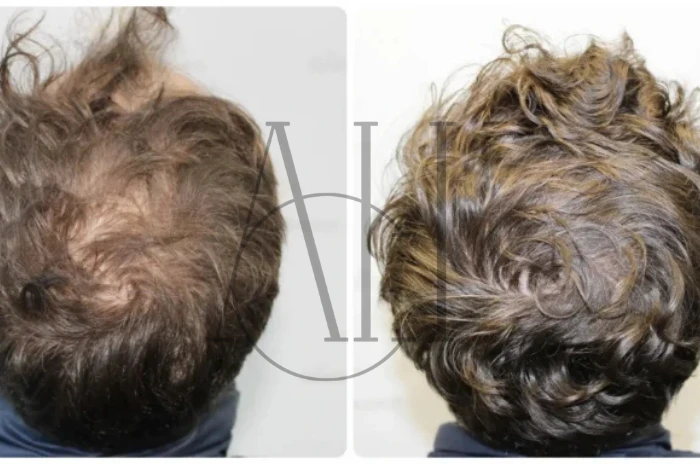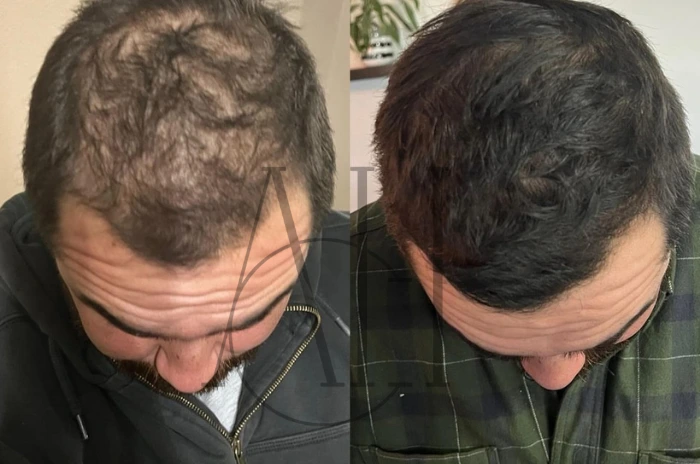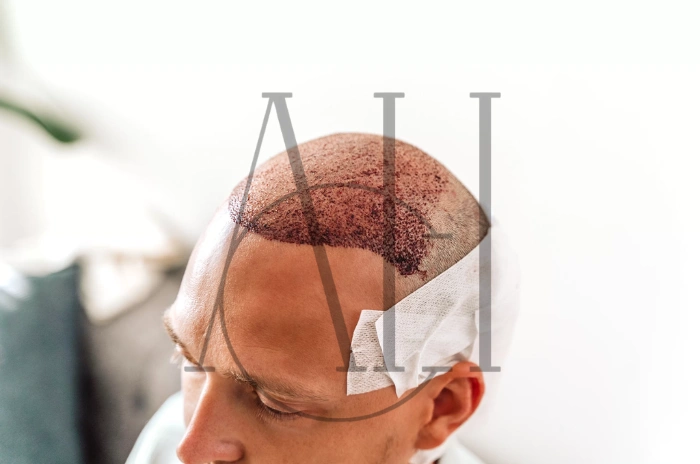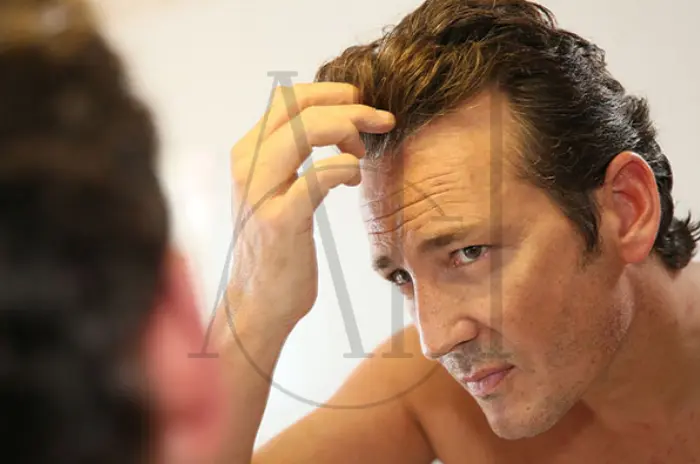Minoxidil is commonly used for hair regrowth in both men and women as a minoxidil for hair loss treatment. Some see it as a short-term fix, while others rely on it for long-term results. This guide explains how minoxidil for men, minoxidil for women, and different forms like minoxidil foam or Kirkland minoxidil perform over time. It also explores what happens when you stop using it. Understanding side effects, benefits, and alternatives is key to managing your hair health effectively. Many users wonder whether consistent usage is sustainable or worth the long-term commitment. Evaluating how minoxidil 5 compares with other solutions can help guide your routine. Ultimately, knowing what to expect from start to finish ensures better outcomes for your hair goals.
Table of Contents
ToggleUnderstanding Minoxidil
Minoxidil is a well-known topical treatment used to stimulate hair growth and slow balding. Initially developed as an oral medication for high blood pressure, it was discovered to have the side effect of hair regrowth. This unexpected benefit led to its approval for treating androgenetic alopecia in both men and women.
The product comes in various forms including minoxidil foam, minoxidil pills, and topical liquid solutions. It is available in strengths like minoxidil 5, which is commonly recommended for effective results. Whether you choose kirkland minoxidil or another brand, the results largely depend on consistent application and scalp health.
How Does Minoxidil Work?
Minoxidil for hair loss widens blood vessels and opens potassium channels, allowing more oxygen, blood, and nutrients to the hair follicles. This process revitalizes shrunken hair follicles, prolonging their growth phase. Over time, this can lead to increased hair thickness and density.
The treatment doesn’t cure hair loss but helps manage it. Users may see results within 4 to 6 months, with more visible changes after consistent use for a year. Still, the effectiveness may vary depending on individual genetics and the type of hair loss.
Types of Hair Loss
Minoxidil is particularly effective for androgenetic alopecia (pattern hair loss) in both sexes.
Other types include:
-
Telogen effluvium
-
Alopecia areata
-
Traction alopecia
While minoxidil for women is usually prescribed at lower concentrations, men often use minoxidil 5 or stronger. It’s important to consult a specialist to determine if your hair loss type is suitable for minoxidil treatment.
Effects while using Minoxidil
During the early stages, some users experience increased shedding. This is actually a sign that the product is working as old hairs are shed to make way for new growth.
Other effects include:
-
Scalp dryness or irritation
-
Unwanted facial hair growth (especially for women)
-
Flaking or itching due to alcohol-based solutions
Proper application and choosing the right formulation like minoxidil foam can help minimize discomfort. Using moisturizers or switching to minoxidil for women formulations may ease these issues.
Managing Changes After Stopping Minoxidil
Discontinuing minoxidil leads to the gradual loss of newly regrown hair. The follicles that were reliant on the stimulation from the treatment begin to shrink again.
If you’re planning to stop, consider doing so gradually while transitioning to alternative solutions. Monitoring by a professional can help you minimize setbacks.
What Happens When You Stop Taking Minoxidil
The Initial Changes (Weeks 1-2)
You may not notice any immediate changes. Some users experience mild shedding, which can feel alarming but is part of the process.
Early Warning Signs (Weeks 2-8)
Hair thinning becomes more noticeable. The density and texture might start resembling the pre-minoxidil condition.
The Critical Period (Months 3-6)
Most of the hair gained from minoxidil use starts falling out. You might experience a return to your baseline hair density or worse if no alternative treatments are used.
Long-Term Impact (Beyond 6 Months)
The full reversal of hair regrowth is evident. Without another treatment, hair may continue to thin progressively.

Your Exit Strategy: How to Stop Minoxidil Without Losing Hair
The Overlap Method: Your Best Defence
Gradually reduce minoxidil while overlapping with alternative treatments like PRP therapy, minoxidil pills, or natural remedies. This approach helps preserve some of the hair gains and eases the shock to your follicles.
Proven Alternative Treatments
-
Low-level laser therapy
-
Biotin and hair supplements
-
Finasteride (for men only)
Natural oils and serums can also complement the transition.
Professional Monitoring is Crucial
Dermatologists or trichologists can design a tapering strategy. Regular scalp checks and progress photos can help adjust the plan based on how your hair reacts. Ongoing support allows for early detection of shedding and timely treatment changes. Monitoring also helps you determine if the new routine or alternatives are effective. Without professional input, you risk irreversible loss of regrown hair. Staying in touch with experts ensures long-term success with minimal complications. Dermatologists or trichologists can design a tapering strategy. Regular scalp checks and progress photos can help adjust the plan based on how your hair reacts.
Long-Term Hair Maintenance After Minoxidil
Once you stop minoxidil for hair loss, your hair requires ongoing care. Adopt habits like:
-
Using gentle, sulfate-free shampoos
-
Taking hair-supporting vitamins
-
Avoiding heat styling and chemical treatments
Topical solutions like rosemary oil or caffeine serums may help maintain follicle health. Staying proactive is the key to retaining results.
How to Treat Minoxidil Side Effects After Stopping
Common minoxidil side effects include redness, flaking, and scalp sensitivity. These symptoms often subside after stopping use.
To treat lingering effects:
-
Use anti-inflammatory shampoos with ketoconazole
-
Apply aloe vera or hydrocortisone creams
-
Keep the scalp moisturized
If issues persist, consult a dermatologist for further evaluation.

What Happens if I Stop Minoxidil and Start Again?
Restarting minoxidil may not guarantee the same results. The follicles may not respond as effectively after a break.
However, some users regain some lost ground within months. It’s essential to resume application consistently and monitor progress closely.
How to Stop Minoxidil Without Losing Hair as a Female
For women, the process requires special attention due to hormonal balance and thinner hair structure.
Tips include:
-
Switching to milder treatments like minoxidil for women
-
Supplementing with collagen, iron, and biotin
-
Consulting a specialist for hormone-related hair loss
Gradual reduction, not sudden withdrawal, yields better outcomes.
How to Stop Minoxidil Without Losing Hair
-
Taper off the product slowly over 2–3 months
-
Introduce supportive treatments early (e.g., PRP, natural oils)
-
Track hair density regularly with photos and dermatologist input
Commit to a consistent routine even after you stop minoxidil to avoid shocking the scalp.
Reasons for Stopping Minoxidil
Users stop minoxidil for various reasons:
-
Persistent minoxidil side effects
-
Inconvenience of daily application
-
Lack of noticeable results
-
Preference for natural remedies
In any case, a planned exit strategy ensures minimal damage.
Do You Have to Use Minoxidil Forever?
For continuous hair regrowth, yes. Once discontinued, minoxidil’s effects reverse.
However, switching to long-term maintenance with lifestyle changes and natural treatments can support sustained results without dependency.
Alternatives to Minoxidil for Hair Loss
There are several alternatives to minoxidil for hair loss:
| Alternative Treatment | Benefits | Suitable For |
|---|---|---|
| Finasteride | Reduces DHT hormone (men only) | Male pattern baldness |
| PRP Therapy | Stimulates growth via platelets | Men and women |
| Microneedling | Boosts collagen and product absorption | All hair types |
| Natural Oils (Rosemary) | Improves circulation and reduces shedding | Mild hair loss |
| Low-Level Laser Therapy | Enhances follicle metabolism | Thinning hair |
These options can be combined with dietary changes and supplements like biotin or collagen.
FAQ for Is Minoxidil a Quick Help or a Long Term Solution
What happens if I stop using Minoxidil?
Hair regrowth achieved with minoxidil typically begins to shed, and your hair may return to its original state within months.
Can I stop using Minoxidil without losing hair?
Gradual tapering combined with alternative treatments like PRP or natural oils may reduce the risk of hair loss.
Are there natural alternatives to Minoxidil for hair loss?
Yes, rosemary oil, pumpkin seed oil, caffeine serums, and scalp massages offer natural support for hair growth.
What are the side effects of stopping Minoxidil?
You may experience shedding, scalp dryness, or irritation. These symptoms usually resolve over time.
Is it necessary to use Minoxidil indefinitely?
To maintain results, yes. Otherwise, stopping can lead to the reversal of hair growth.
How can women safely discontinue Minoxidil?
Women should taper off slowly and support the scalp with nourishing treatments and professional guidance.
What are the signs that Minoxidil is working?
Reduced shedding, increased hair density, and new fine hairs at the hairline or crown are positive signs.
What is the ‘overlap method’ for stopping Minoxidil, and how does it help prevent hair loss?
It involves gradually reducing minoxidil while introducing another treatment to prevent sudden follicle shock and maintain hair growth.




